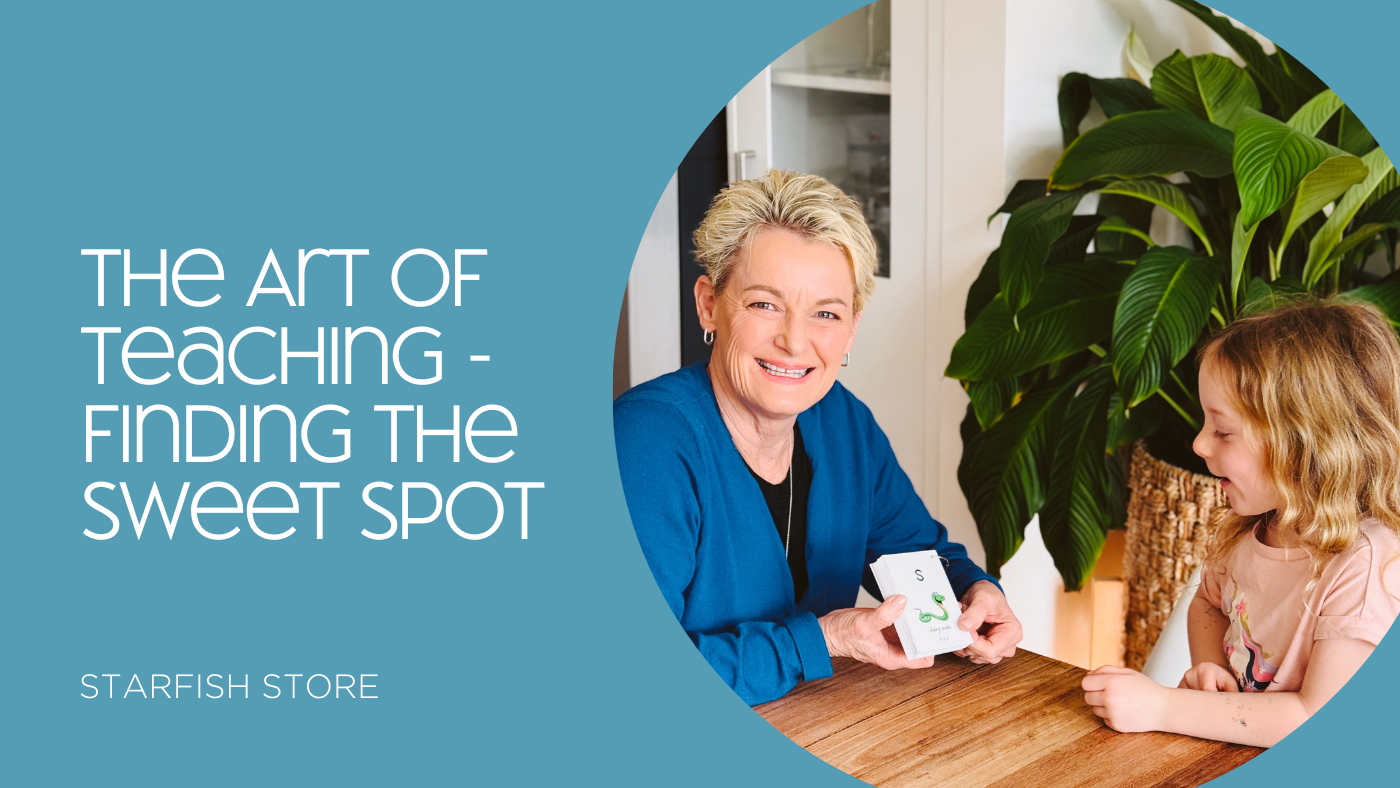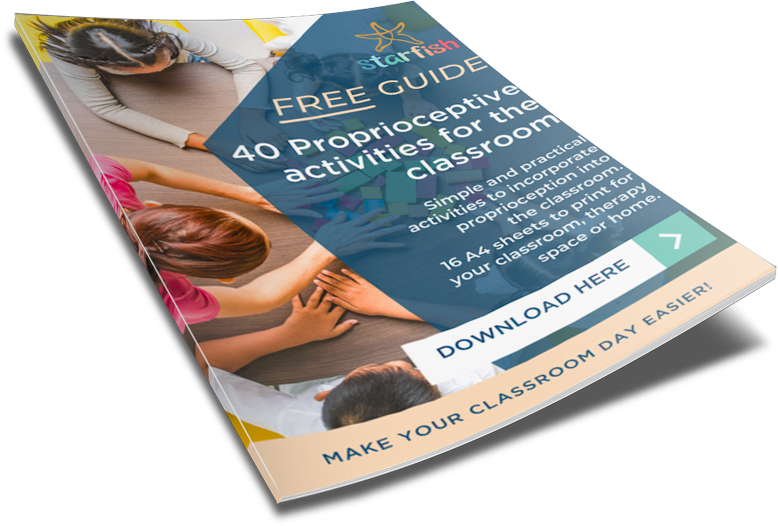Your Cart is Empty
New Blog: Quiet fidgets — when and why they help → Read the blog
New Blog: Quiet fidgets — when and why they help → Read the blog

The point of teaching is to help children learn. The Art of Teaching is finding the sweet spot so learning is maximised.
Back in the 1960s there was a Psychologist, called Vygotsky, who argued that children learn best when they are supported “just enough” - not too much, not too little - so they move successfully on to the next stage.
To be able to do this well, teachers must be able to:
And this is the ART of TEACHING - finding that sweet spot - both in content level and teacher support.
Vygotsky spoke about teaching in the “zone” - the space between what a student can do already and what they can’t do (yet).
He called this the Zone of Proximal Development (ZPD). He maintained that this is WHERE learning occurs.

In tutoring, this means I always start with what a child or student already knows (or can do) and I expand from there.
This approach is strength based, it builds confidence and trust.
Vygotsky also spoke about scaffolding. Builders use scaffolding to support a structure until it can stand on its own. Likewise, Vygotsky said that teachers need to scaffold students as they cross the gap (bridge).
Scaffolding in teaching can look like hints, prompts, think-alouds, graphics, organisers, and visuals, word banks, worked examples, guided practice and more. The scaffolding needs to be “on point” - not too much and not too little.
If the scaffolding is too little, the student will struggle, become frustrated, maybe even fail. They may give up on trying to cross the bridge, turn back to where they feel safe.
If the scaffolding is too much, the teacher is doing the work and the student is not actually doing the learning. They may have crossed the bridge but haven’t actually mastered the skills needed.
In tutoring this means, I provide what supports a student needs, as they are needed BUT only if they are needed. Initially I will be providing quite a lot of prompts but I need to monitor this really closely and adjust accordingly. Add more prompts if they’re struggling and remove prompts if they are progressing.
As their skills improve, determined by successful outcomes (tasks) I reduce the support to nil so the student is competent on their own - its a sliding scale.
I don’t withhold supports if a student needs them. And, I don’t help if a student doesn’t need it.
Knowing just how much to support (or scaffold) to ensure and maximise learning is an absolute art and is the “sweet spot” in terms of delivery of the teaching.
A specific example of scaffolding in the “zone” - what they can do with the right level of support (scaffolding) is teaching contractions.
Contractions = it is becomes it’s, they are becomes they’re, I have becomes I’ve etc.
A student is encountering contractions in the books she is reading. And, over time, they are becoming increasingly complex.
This provides the ideal teachable moment to explore what a contraction is and how they work because we can tap into the contractions the student has already come across (starting with the known) and it is relevant (something the student needs to know but they cannot do yet).
The mini teaching session follows this process:
Throughout the session, the teacher is constantly monitoring student understanding, stepping in to assist but only when or if needed.
When students are taught in their ZPD and are provided “just the right amount” of support:
Tips for teaching in the sweet spot:
DONT:
DO:
Tutoring that’s grounded in Vygotsky’s theory isn’t about pushing harder - it’s about teaching better. It’s about meeting children where they are, then guiding them - kindly and confidently, onto the next stage.
Getting this right, the sweet spot, is what good teachers do really well. It is part of the art of teaching.
Kirstie Wishart M.Ed (Special Education).
Owner and founder of The Starfish Store. Kirstie’s professional life has included: teaching (in both public and private schools in Australia, New Zealand and Thailand), lecturer and subject coordinator at the University of Wollongong, Educational consultant (working with children and young people with a trauma background), OoHC Case Work Manager, and Specialist Tutor (working with children and young people with significant learning difficulties and/or disabilities).

40 Proprioceptive activities for the classroom. Simple and practical activities to incorporate Proprioceptive into the classroom. 16 A4 sheets to print for your classroom, therapy space or home.